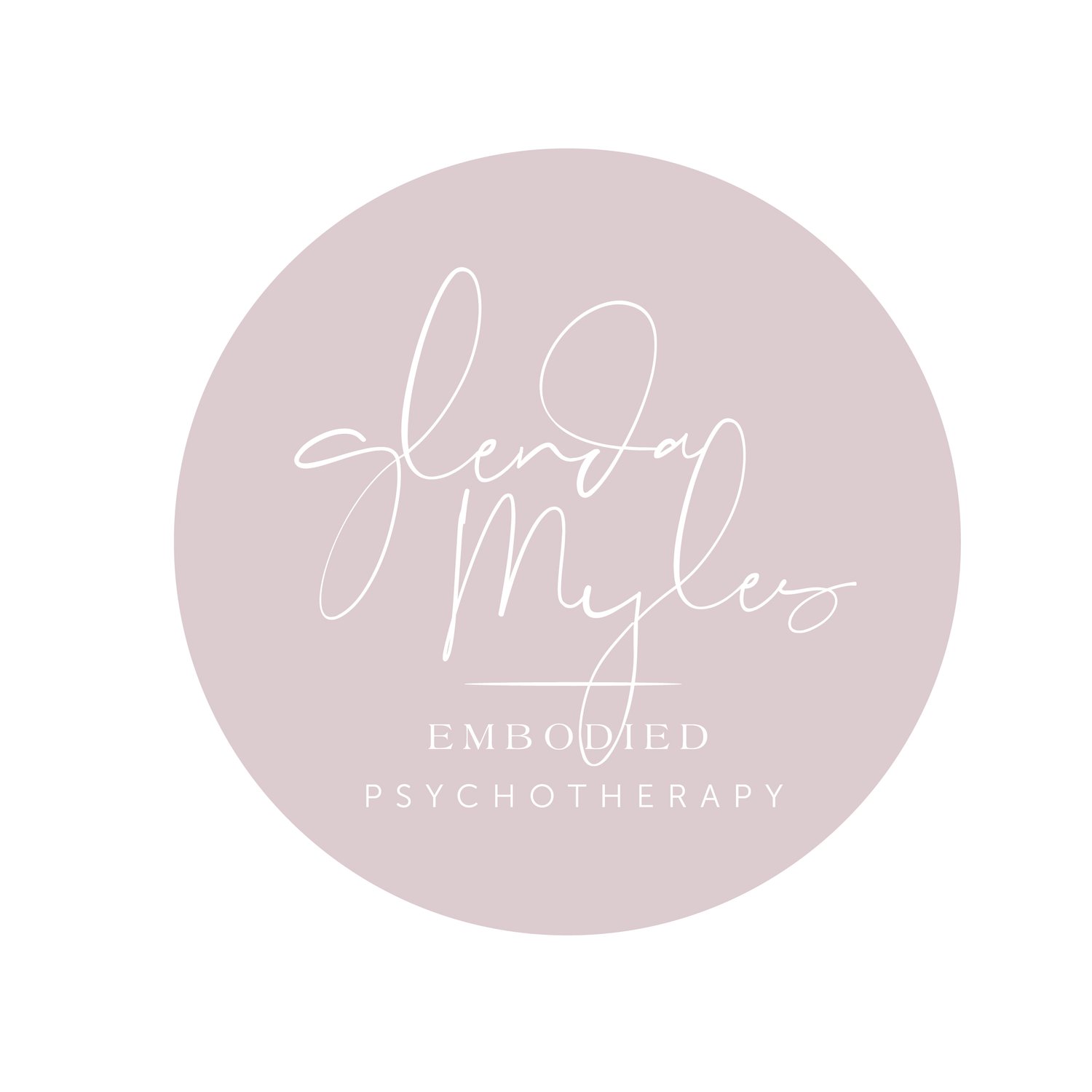The Art and Science of Emotional Literacy: Your Guide to Better Understanding Yourself and Others
Imagine having a rich vocabulary to describe the weather - instead of just saying "nice" or "bad," you could specify "crisp," "balmy," or "overcast." Now apply that same precision to your emotional life. That's the essence of emotional literacy: the ability to recognize, understand, and articulate our feelings with accuracy and depth.
Beyond "Fine": The Power of Emotional Granularity
We've all been there - someone asks how we're feeling, and we automatically respond with "fine" or "okay." But what if we're actually feeling apprehensive about an upcoming presentation? Or perhaps we're experiencing a mix of anticipation and uncertainty about a new opportunity? Emotional literacy gives us the tools to move beyond these surface-level descriptions.
The RULER Framework: Your Emotional Compass
Yale's Center for Emotional Intelligence has developed a powerful framework called RULER that helps us navigate our emotional landscape:
Recognize emotions in yourself and others
Understand the causes and consequences
Label emotions with precision
Express feelings appropriately
Regulate emotions effectively
Think of these skills as your emotional GPS, helping you navigate the complex terrain of human feelings with greater confidence and accuracy.
The Subtle Art of Emotional Distinction
One of the most valuable aspects of emotional literacy is understanding the nuances between similar emotions. For example:
Anxiety vs. Nervousness: While anxiety is a persistent state of worry that can feel overwhelming, nervousness is typically temporary and tied to specific events.
Stress vs. Burnout: Stress is your body's response to immediate challenges, while burnout represents a state of complete emotional and physical exhaustion from prolonged pressure.
Fear vs. Dread: Fear is an immediate response to danger, while dread is a slow-building anticipation of something unpleasant.
Why This Matters
Developing emotional literacy isn't just about having a better vocabulary - it's about:
Better Communication: When you can accurately name your emotions, you can express your needs more effectively.
Improved Relationships: Understanding emotional nuances helps you respond more appropriately to others' feelings.
Enhanced Self-Regulation: Precise emotion labeling leads to more targeted and effective coping strategies.
Greater Self-Compassion: Understanding your emotional landscape helps you respond to yourself with greater kindness and wisdom.
Building Your Emotional Vocabulary
Think of emotional literacy as learning a new language. Just as you wouldn't expect to become fluent in French overnight, developing emotional literacy takes time and practice. Start by:
Keeping an emotion journal
Using emotion wheels or charts to expand your vocabulary
Practicing identifying subtle differences between similar feelings
Paying attention to physical sensations that accompany different emotions
The Journey Forward
Remember, emotional literacy isn't about suppressing or controlling emotions - it's about understanding them better. Like any skill, it develops with practice and patience. The more fluent you become in the language of emotions, the better equipped you'll be to navigate life's challenges and celebrations with grace and authenticity.
As you continue your emotional literacy journey, remember that every emotion serves a purpose. By developing a richer emotional vocabulary and understanding, you're not just improving your relationship with yourself - you're enhancing your ability to connect meaningfully with others and navigate life's complexities with greater wisdom and resilience.


